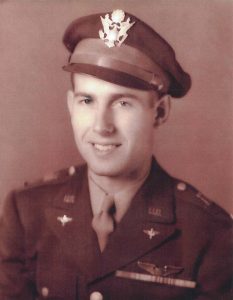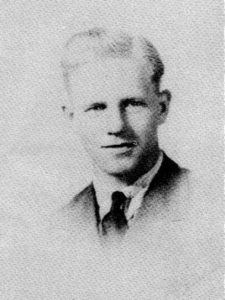
Ernest N. Vienneau from Maine, Penobscot county.
Service era: World War II
Military history: 340 Bombardment Squadron 97 Bombardment Group (Heavy)
Date of death: Monday, November 6, 1944
Death details: The Defense POW/MIA Accounting Agency (DPAA) announced today that U.S. Army Air Forces 2nd Lt. Ernest N. Vienneau, 25, killed during World War II, was accounted for April 16, 2021.
In the fall of 1944, Vienneau was a pilot assigned to the 340th Bombardment Squadron, 97th Bombardment Group, 15th Air Force, based out of Amendola, Italy. On Nov. 6, the B-17 Flying Fortress bomber on which he was serving as co-pilot came under heavy anti-aircraft fire while on a mission over Maribor, Yugoslavia, in present-day Slovenia. During the barrage, a piece of flak penetrated the cockpit and struck Vienneau in the head, mortally wounding him. While the crew treated Vienneau, the pilot attempted to fly the damaged B-17 back to base. However, the aircraft could not make it and the pilot was forced to ditch off the coast of Vis Island, Croatia. The surviving 10 crew made it out of the aircraft, but Vienneau’s body could not be recovered from the rapidly sinking B-17. Following the war, his remains could not be found and recovered.
Source: National Archives, Defense POW/MIA Accounting Agency

